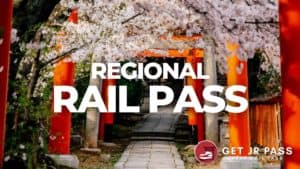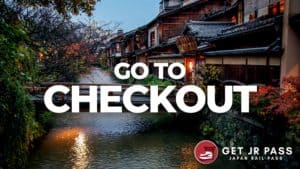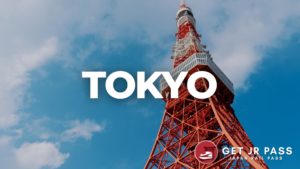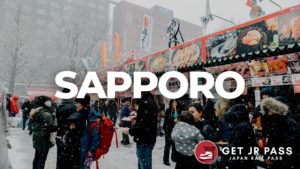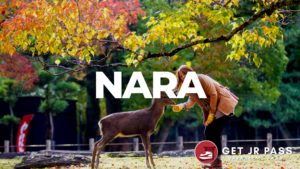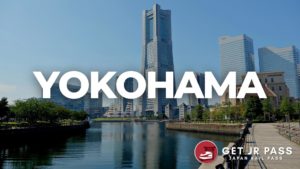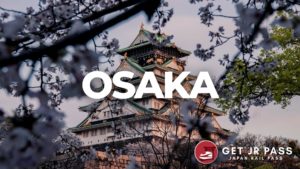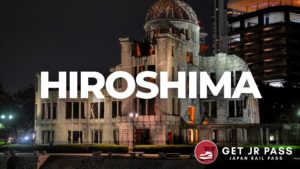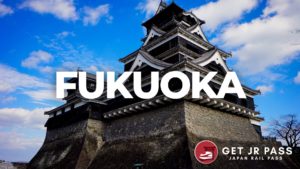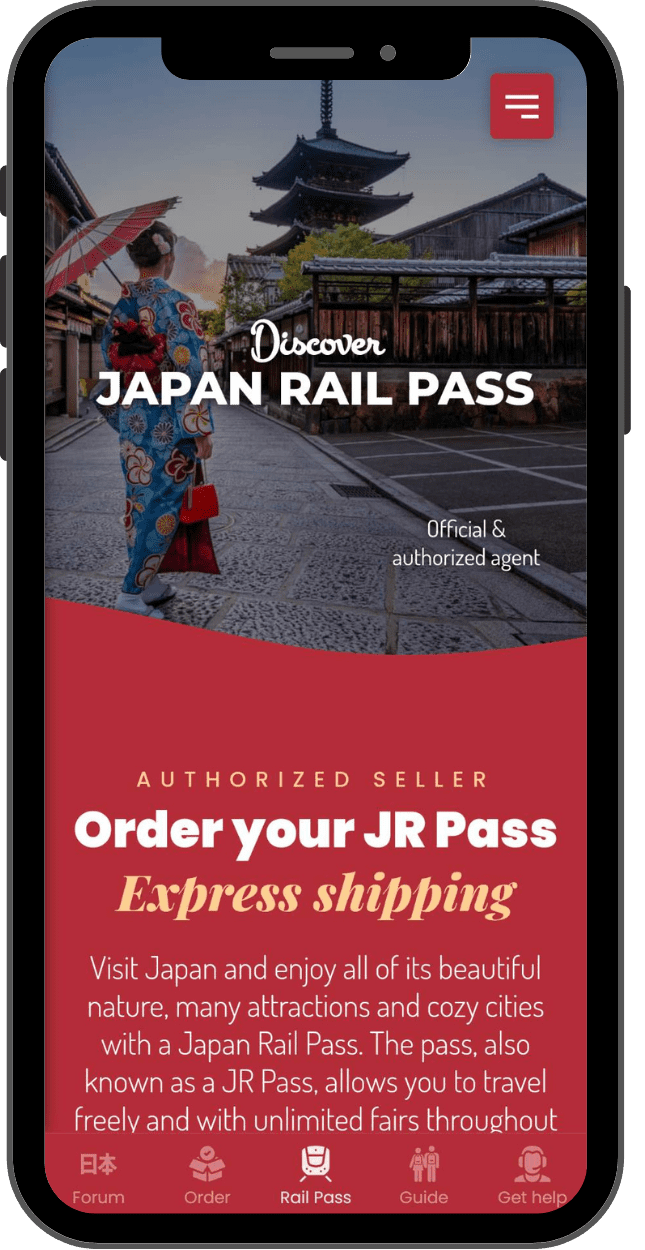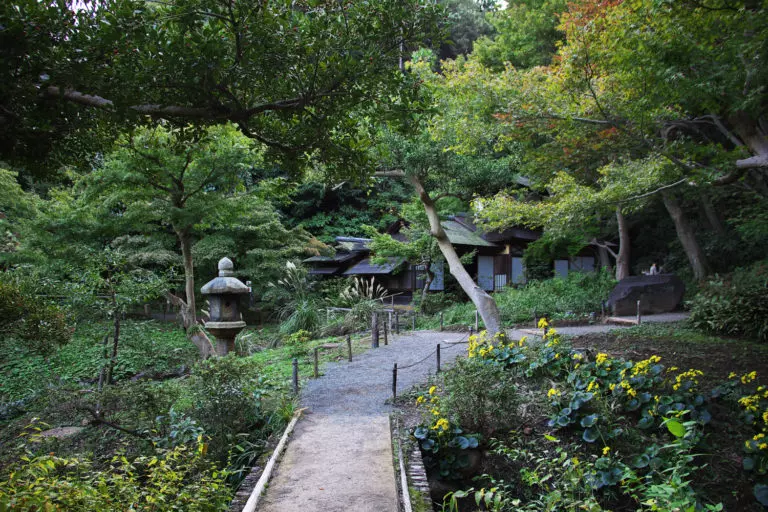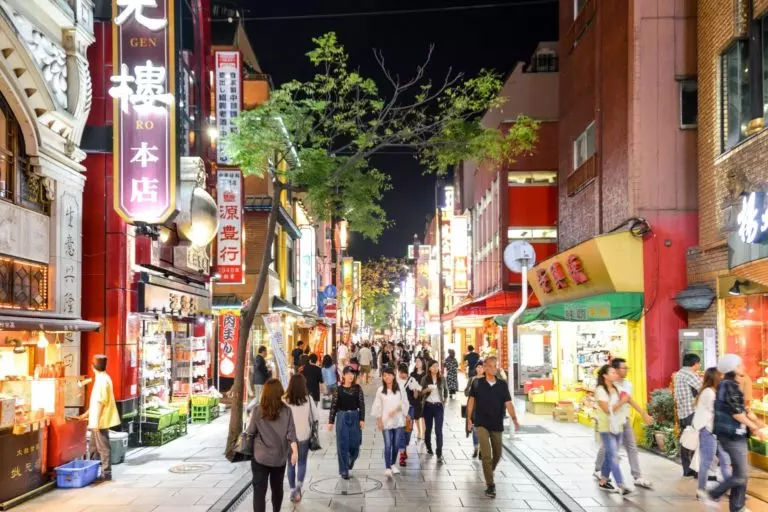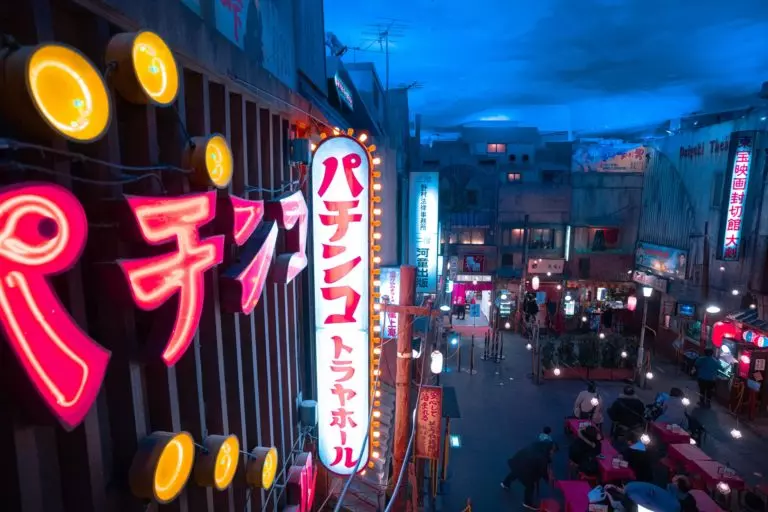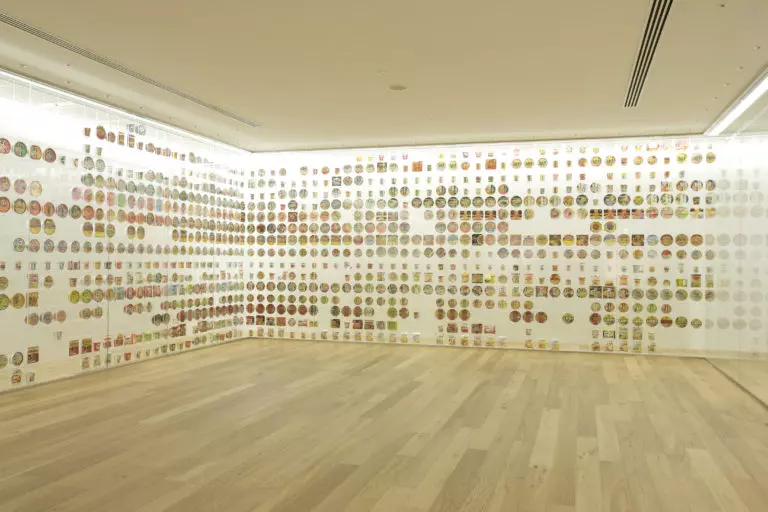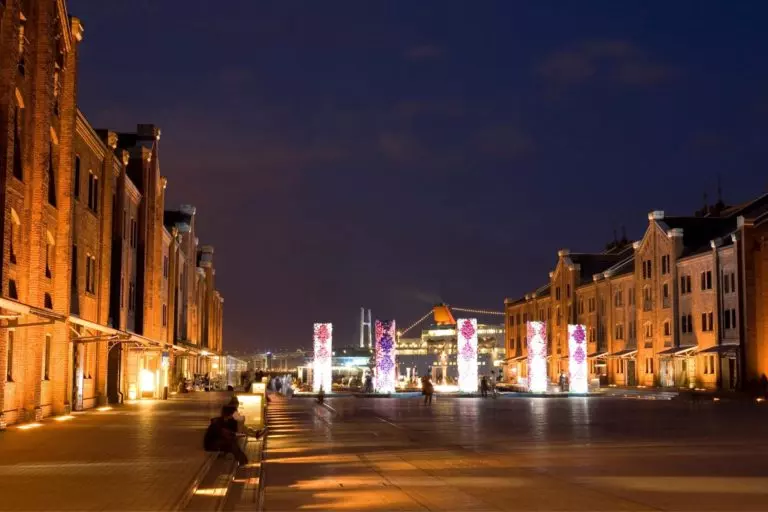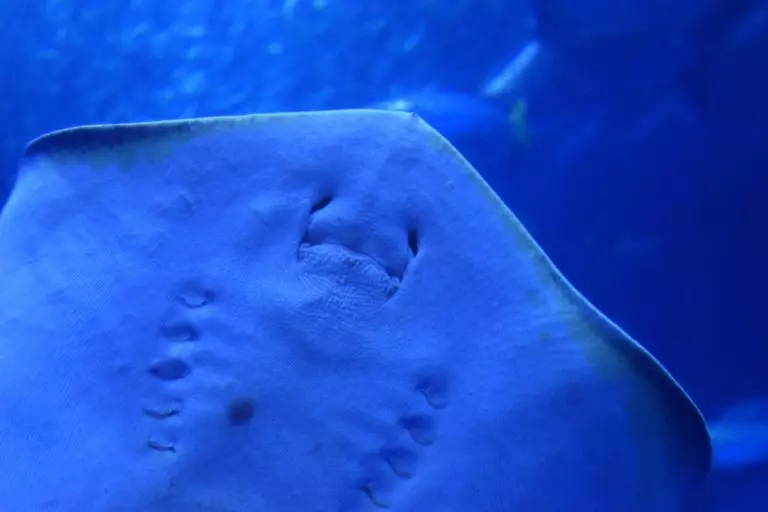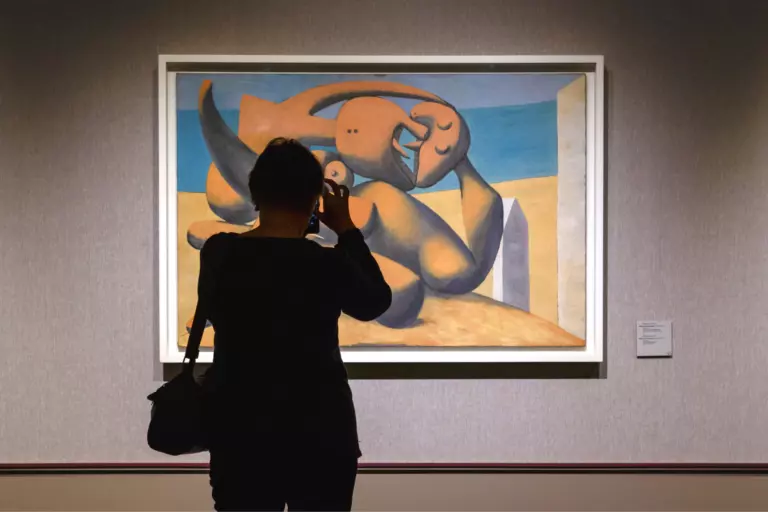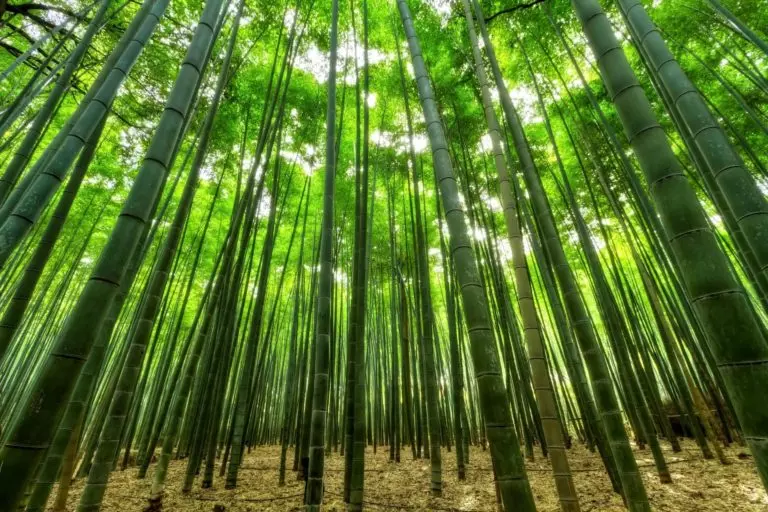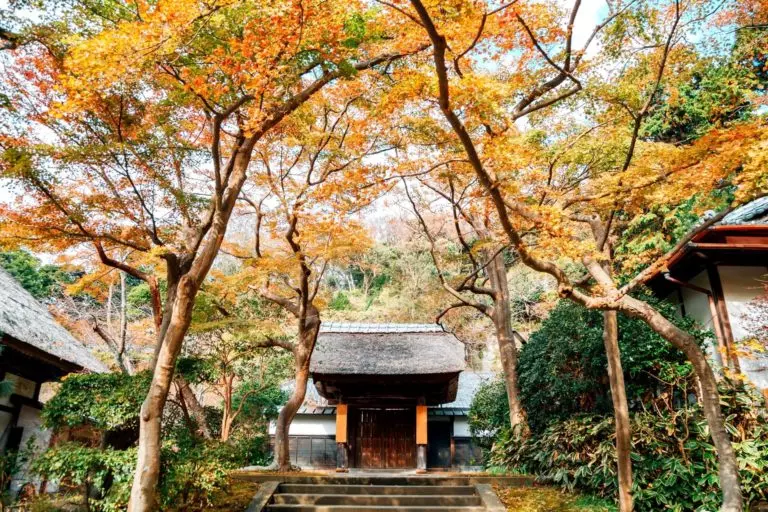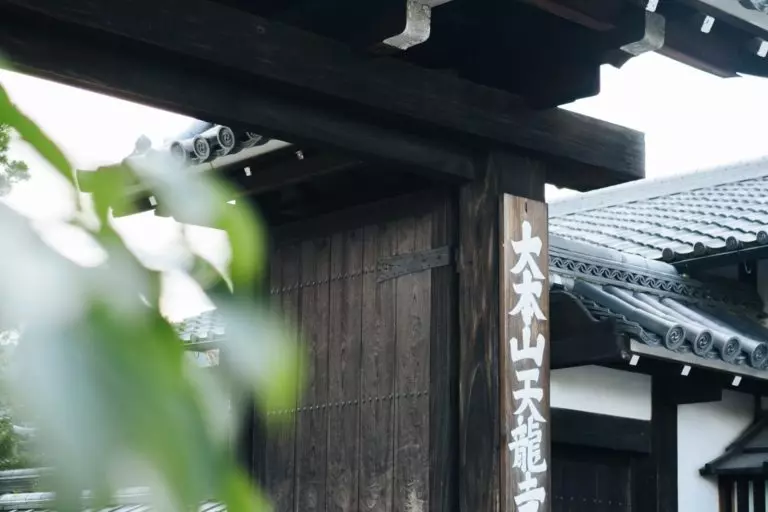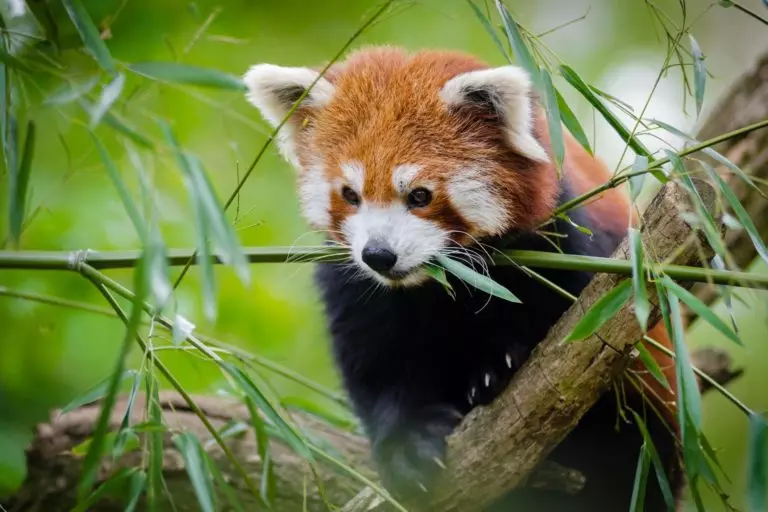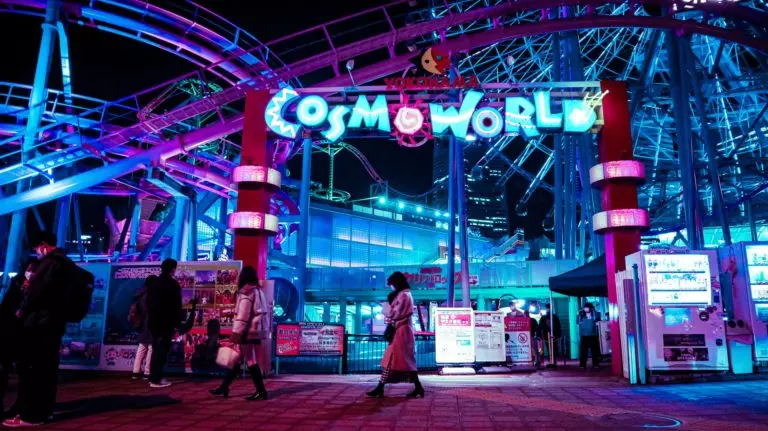info@getjrpass.com
+46 839 91 32 Sen – Jum 11:00 hingga 15:00 GMT+1
Agen Perjalanan Resmi
- Beranda
- Japan Rail PassApa itu Japan Rail Pass?
Grafik Japan Rail Pass adalah tiket kereta yang memungkinkan Anda untuk bergerak bebas di kereta berkecepatan tinggi Shinkansen, kereta reguler, bus, beberapa perahu, dan kereta bawah tanah di jalur JR di seluruh Jepang.
Getjrpass adalah mitra dan penjual resmi. Kami akan mengirimkan pesanan Anda dalam satu hari kerja dengan UPS Express.
- Pemandu wisataPanduan & tips perjalanan
Jelajahi Jepang seperti warga lokal dengan panduan perjalanan kami yang wajib dibaca. Dikemas dengan tips dan rekomendasi orang dalam, buku ini mencakup segala hal mulai dari transportasi dan akomodasi hingga masakan lokal dan bea cukai. Dengan foto yang menakjubkan dan tulisan yang menarik, ini adalah pendamping yang sempurna untuk perjalanan Anda ke Jepang. Jangan lewatkan!
- Penerbangan
- forum
- BergunaJapan Rail Pass
-
DiskonDiskon
-
Layak untuk JR PassLayak untuk JR Pass
-
Apa itu Green passApa itu Green pass
-
Informasi yang bergunaInformasi yang berguna
-
Cara memesan JR PassCara memesan JR Pass
-
Daftar periksa sebelum JepangDaftar periksa sebelum Jepang
Informasi JR Pass-
Memesan standard JRPassMemesan standard JRPass
-
Memesan green JRPassMemesan green JRPass
-
Pesan tiket regionalPesan tiket regional
-
Bandingkan jenis passBandingkan jenis pass
-
Internet di JepangInternet di Jepang
-
Tiket Nozomi & MizuhoTiket Nozomi & Mizuho
Link bermanfaat-
BlogBlog
-
FAQFAQ
-
Alat yang bergunaAlat yang berguna
-
Jenis kereta apiJenis kereta api
-
Rencana perjalananRencana perjalanan
-
Peta kereta & metroPeta kereta & metro
-
- Tentang kamiLink bermanfaat
-
Tentang kamiTentang kami
-
Hubungi KamiHubungi Kami
-
Kebijakan PrivasiKebijakan Privasi
-
Kembali dan pengembalian danaKembali dan pengembalian dana
-
Senang mendengarnyaSenang mendengarnya
-
Brand AmbassadorsBrand Ambassadors
-
- Mendapatkan bantuanHubungi Kami
Jika Anda memiliki pertanyaan, komentar, atau masalah, jangan ragu untuk menghubungi kami melalui formulir kontak atau email kami.
Forum dukunganPerlu bantuan Japan Rail Pass atau layanan kami? Kunjungi forum dukungan kami untuk mendapatkan bantuan dari komunitas berpengetahuan dan tim dukungan kami.
Tentang kamiPelajari tentang perusahaan kami dan orang-orang di belakangnya dengan mengunjungi halaman "Tentang kami". Kenali tim!
Dapatkan lebih banyak bantuan-
Pengembalian & pengembalian uangPengembalian & pengembalian uang
-
Kebijakan privasiKebijakan privasi
-
Warga Negara JepangWarga Negara Jepang
-
Pengguna yang memenuhi syaratPengguna yang memenuhi syarat
-
- Beranda
- Japan Rail PassApa itu Japan Rail Pass?
Grafik Japan Rail Pass adalah tiket kereta yang memungkinkan Anda untuk bergerak bebas di kereta berkecepatan tinggi Shinkansen, kereta reguler, bus, beberapa perahu, dan kereta bawah tanah di jalur JR di seluruh Jepang.
Getjrpass adalah mitra dan penjual resmi. Kami akan mengirimkan pesanan Anda dalam satu hari kerja dengan UPS Express.
- Pemandu wisataPanduan & tips perjalanan
Jelajahi Jepang seperti warga lokal dengan panduan perjalanan kami yang wajib dibaca. Dikemas dengan tips dan rekomendasi orang dalam, buku ini mencakup segala hal mulai dari transportasi dan akomodasi hingga masakan lokal dan bea cukai. Dengan foto yang menakjubkan dan tulisan yang menarik, ini adalah pendamping yang sempurna untuk perjalanan Anda ke Jepang. Jangan lewatkan!
- Penerbangan
- forum
- BergunaJapan Rail Pass
-
DiskonDiskon
-
Layak untuk JR PassLayak untuk JR Pass
-
Apa itu Green passApa itu Green pass
-
Informasi yang bergunaInformasi yang berguna
-
Cara memesan JR PassCara memesan JR Pass
-
Daftar periksa sebelum JepangDaftar periksa sebelum Jepang
Informasi JR Pass-
Memesan standard JRPassMemesan standard JRPass
-
Memesan green JRPassMemesan green JRPass
-
Pesan tiket regionalPesan tiket regional
-
Bandingkan jenis passBandingkan jenis pass
-
Internet di JepangInternet di Jepang
-
Tiket Nozomi & MizuhoTiket Nozomi & Mizuho
Link bermanfaat-
BlogBlog
-
FAQFAQ
-
Alat yang bergunaAlat yang berguna
-
Jenis kereta apiJenis kereta api
-
Rencana perjalananRencana perjalanan
-
Peta kereta & metroPeta kereta & metro
-
- Tentang kamiLink bermanfaat
-
Tentang kamiTentang kami
-
Hubungi KamiHubungi Kami
-
Kebijakan PrivasiKebijakan Privasi
-
Kembali dan pengembalian danaKembali dan pengembalian dana
-
Senang mendengarnyaSenang mendengarnya
-
Brand AmbassadorsBrand Ambassadors
-
- Mendapatkan bantuanHubungi Kami
Jika Anda memiliki pertanyaan, komentar, atau masalah, jangan ragu untuk menghubungi kami melalui formulir kontak atau email kami.
Forum dukunganPerlu bantuan Japan Rail Pass atau layanan kami? Kunjungi forum dukungan kami untuk mendapatkan bantuan dari komunitas berpengetahuan dan tim dukungan kami.
Tentang kamiPelajari tentang perusahaan kami dan orang-orang di belakangnya dengan mengunjungi halaman "Tentang kami". Kenali tim!
Dapatkan lebih banyak bantuan-
Pengembalian & pengembalian uangPengembalian & pengembalian uang
-
Kebijakan privasiKebijakan privasi
-
Warga Negara JepangWarga Negara Jepang
-
Pengguna yang memenuhi syaratPengguna yang memenuhi syarat
-




